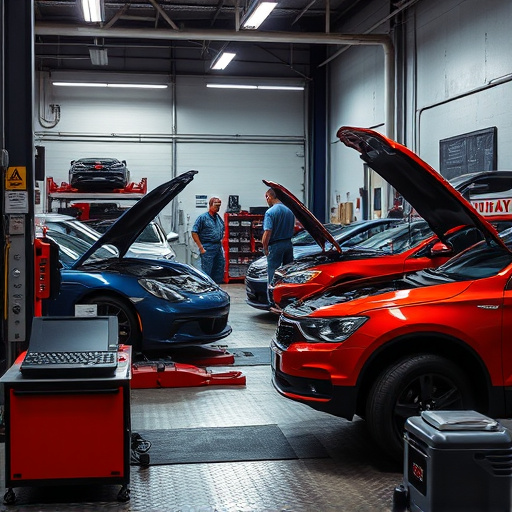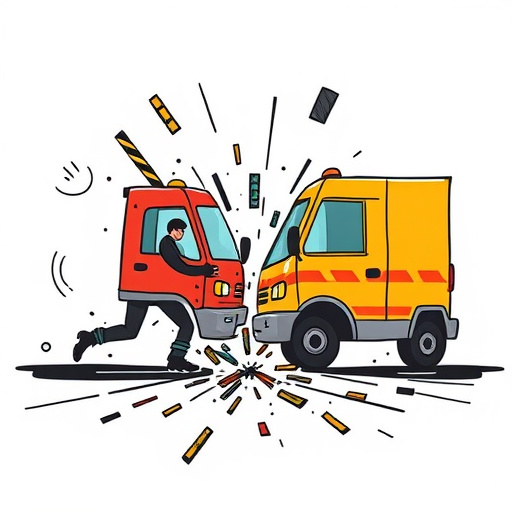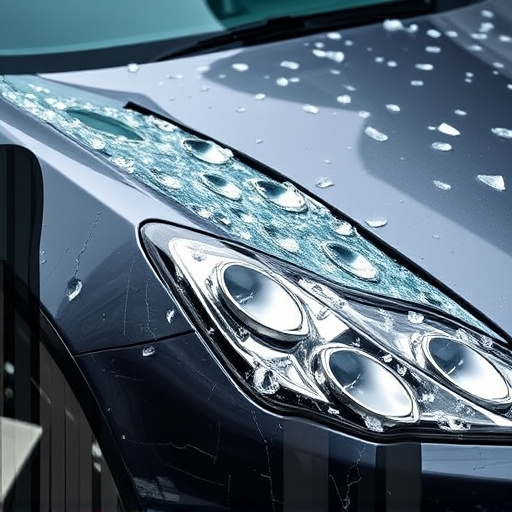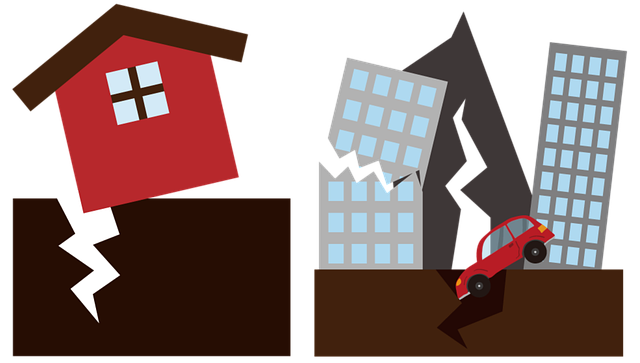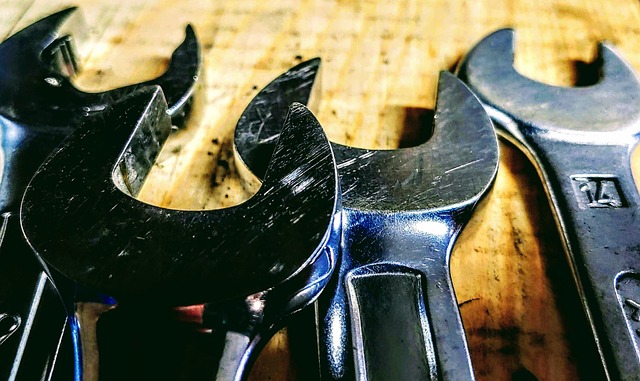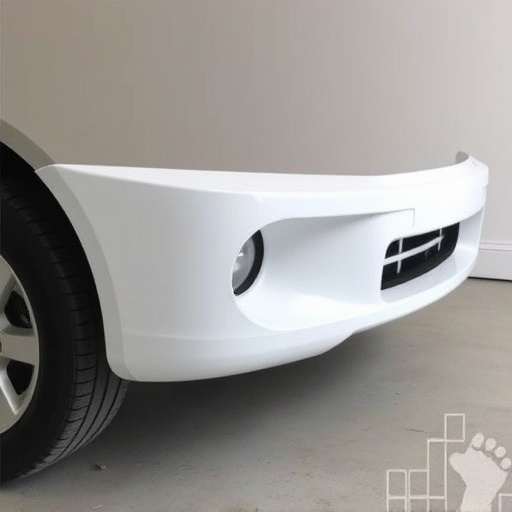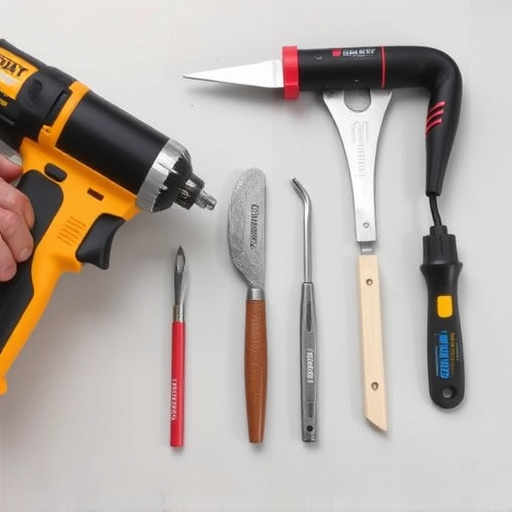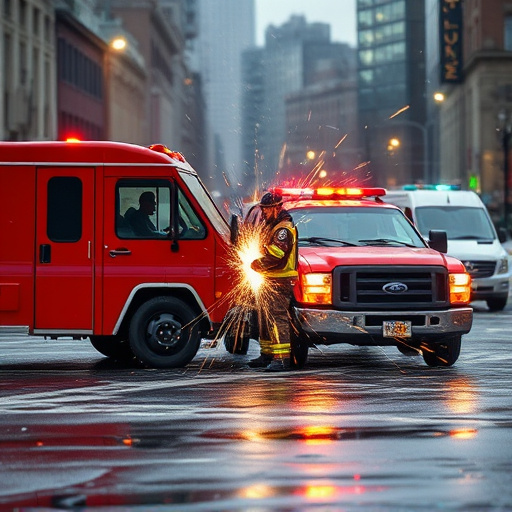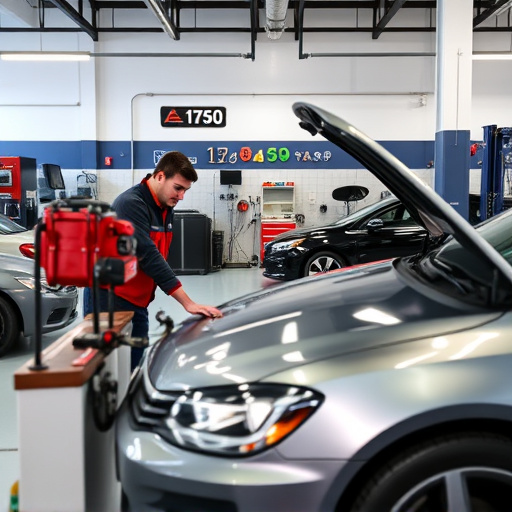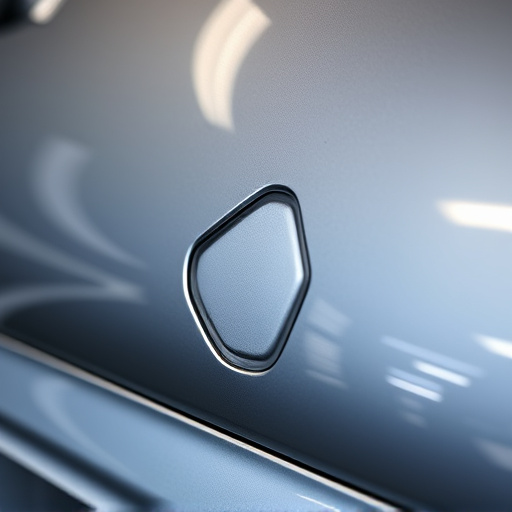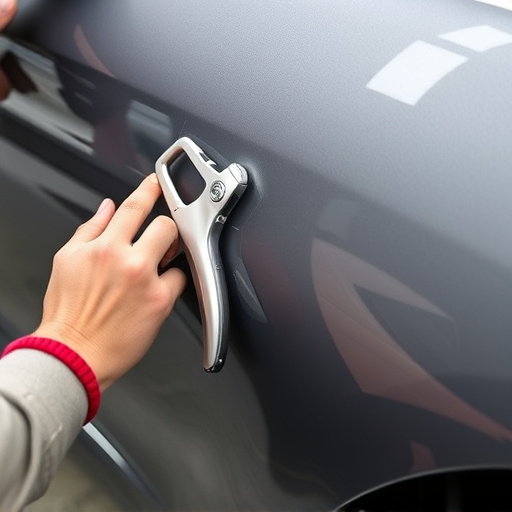Driveshaft damage from accidents or wear requires collision repair to prevent future breakdowns. Regular maintenance, including auto glass repair, is vital for optimal driveshaft condition. Post-repair inspections and testing ensure safety and reliability. Proactive strategies, like regular checks and alignment, extend driveshaft lifespan. Preventive services like body, bumper, and dent repair enhance safety.
After a driveshaft collision repair, preventing future damage is crucial. This article guides you through understanding common causes of driveshaft failures, ensuring proper post-repair inspection and testing, and maintaining optimal drive shaft health. By following these steps, you can extend the lifespan of your driveshaft and avoid costly repairs in the future, enhancing your vehicle’s performance and safety. Key practices include regular maintenance checks and adhering to recommended driving habits.
- Understanding Common Causes of Driveshaft Damage
- Proper Post-Repair Inspection and Testing
- Maintaining Optimal Drive Shaft Health Going Forward
Understanding Common Causes of Driveshaft Damage
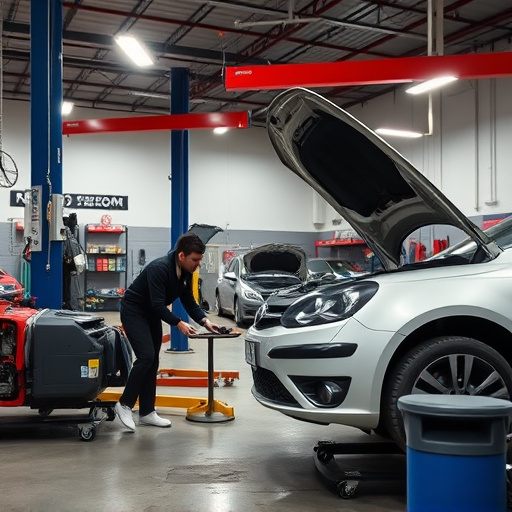
Driveshaft damage can be a recurring issue for many vehicle owners, often arising from common causes that are easily preventable with proper care and maintenance. One of the primary culprits is driveshaft collision repair, where impact-related incidents like rear-ends or side collisions can cause significant stress on this component. Such repairs, if not executed correctly, may lead to future damage due to weakened joints or misalignment.
Additionally, regular wear and tear over time can contribute to driveshaft deterioration, especially in vehicles that see frequent heavy use or long-distance travel. Mercedes Benz collision repair experts emphasize the importance of addressing these issues promptly. Regular auto glass repair and maintenance checks on all vehicle systems, including the driveshaft, are essential. Reputable auto repair services offer comprehensive solutions, ensuring your driveshaft is restored to optimal condition, thus preventing future breakdowns and costly repairs.
Proper Post-Repair Inspection and Testing
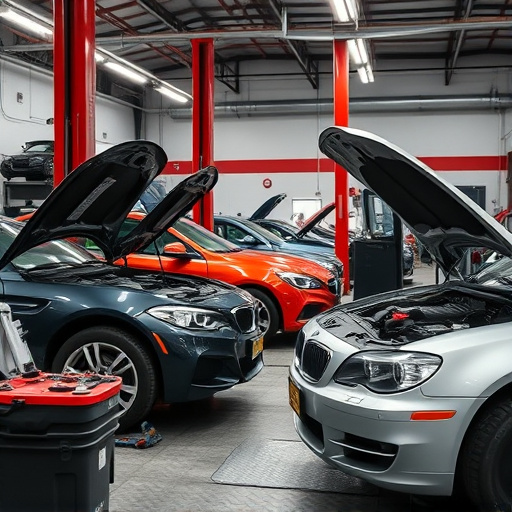
After a driveshaft collision repair, a thorough post-repair inspection and testing phase is crucial to ensure the safety and reliability of your vehicle. This process involves meticulous checks to verify that all components are aligned correctly and functioning optimally. Experts recommend evaluating both the structural integrity of the driveshaft itself as well as its connection points to other critical systems.
A comprehensive test drive should follow, simulating various driving conditions to uncover any potential issues. This includes accelerating, braking, cornering, and navigating uneven road surfaces. By combining detailed inspections with real-world testing, you can confidently ensure that your car is safe for the road after the driveshaft collision repair, preventing future damage and enhancing the overall car restoration experience.
Maintaining Optimal Drive Shaft Health Going Forward
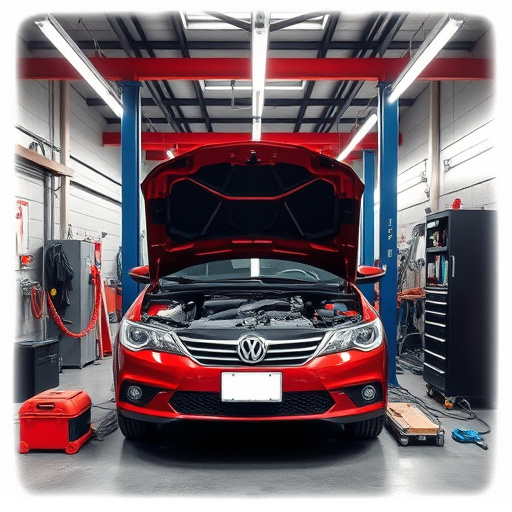
After a driveshaft collision repair, it’s crucial to implement proactive measures to maintain optimal drive shaft health moving forward. Regular maintenance checks should become an integral part of your vehicle care routine. Inspect the driveshaft for any signs of wear, damage, or loose connections during each service appointment. Addressing even minor issues promptly can prevent more severe and costly repairs down the line.
Additionally, ensuring proper alignment and balancing of the drive shaft is essential. Misalignments can lead to accelerated deterioration and cause other related components to fail. Frequent driveshaft collision repair services like auto body services, bumper repair, and vehicle dent repair should be considered as preventive measures. By staying proactive, you can extend the lifespan of your driveshaft and avoid unexpected breakdowns, ensuring a smoother and safer driving experience.
Preventing future driveshaft damage is key to ensuring safe and reliable vehicle performance. By understanding common causes, conducting thorough post-repair inspections, and implementing ongoing maintenance practices, you can significantly extend the lifespan of your driveshaft. Remember, regular care and attention to these critical components can save you from costly repairs and keep your vehicle running smoothly down the road, literally. When it comes to driveshaft collision repair, proactive measures are the best defense against future issues.
